There’s a utility sink in the surgical ward at Justinian University Hospital that’s not a fit place to dump a mop bucket, let alone wash a doctor’s hands.
Yet that’s exactly what happens several times each day at the only public hospital in Cap-Haitien, the second-largest city in Haiti. A nurse dips a small yellow bucket into a barrel of water that stands next to the sink. Slowly, she pours the water while a doctor scrubs his hands with disinfecting soap.
The gray water rises in the bottom of the sink. The drain pipe to an underground cesspool has been clogged or broken for years.
“It will take a whole day for that water to drain away,” said Hugh Tozer, an engineer at Woodard & Curran in Portland. “Even the maternity ward doesn’t have functioning sinks.”
Five years after a catastrophic earthquake killed more than 200,000 Haitians and left 1.5 million homeless, Tozer and other Mainers still working to improve life in the impoverished Caribbean nation say progress has been made, but much remains unchanged.
Tozer, 56, is among dozens of volunteers from Maine and elsewhere who work with Konbit Sante, a Portland-based nonprofit dedicated to improving health care in Cap-Haitien. Loosely translated, the organization’s Creole name means “working together for health.”
Tozer, who started volunteering with Konbit Sante in 2003, is scheduled to return to Haiti on Wednesday. He has a weeklong list of things to do at the hospital, from replacing a faulty water pump to surveying existing plumbing fixtures and cesspools for future improvements.
Founded in 2001 in Portland by Dr. Michael Taylor and his wife, Wendy, Konbit Sante was well established in Cap-Haitien when the earthquake hit on Jan. 12, 2010. The epicenter was more than 80 miles away in Léogâne, near the capital city of Port-au-Prince. Still, Justinian University Hospital and Konbit Sante played key roles in caring for hundreds of victims in the wake of the natural disaster, as well as a cholera epidemic that followed in October 2010.
At the time of the earthquake, Konbit Sante funded 26 positions at the hospital. Today, the organization pays for about 50 positions, including doctors, nurses, administrators and maintenance staff. Nate Nickerson, Konbit Sante’s executive director, now spends about half of his time working in Cap-Haitien.
“There are things that are happening that are incredibly encouraging to see,” said Nickerson, 58. “At the same time, the slow pace of improvement can be incredibly frustrating.”
KONBIT SANTE REMAINS
The infusion of humanitarian aid that Haiti received in the wake of the earthquake “has pretty much gone away,” Nickerson said. Yet Konbit Sante remains.
In the 14 years since the organization started working in Cap-Haitien, its volunteers have helped to train dozens of doctors, nurses and community health workers. About 25 volunteers – doctors, engineers, electricians and others – spend a week or two at the hospital each year.
They have upgraded electrical and water distribution systems, including two new wells, and built an outpatient pediatric clinic. The work is funded by grants and donations from individuals, businesses and groups, including Maine Medical Center and several Rotary clubs in Maine.
Konbit Sante’s success is rooted in the partnership it has formed with the people of Cap-Haitien, Nickerson said.
“The ultimate goal is that people are standing on their own two feet,” Nickerson said. “It’s their future to shape. It’s our role to help them. We’re in it for the long haul.”
Konbit Sante’s “partners” include Gracilia Senat, a traditional midwife who was trained by the organization to be a community health worker. She provides basic health care and teaches necessary life skills, such as how to disinfect contaminated water with a few drops of chlorine bleach.
“People light up when they see her,” Nickerson said.
Then there’s Dr. Rony St. Fleur, who heads the pediatric residency program at Justinian University Hospital, where 4,000 babies are born each year. He has traveled to Maine Med to study advances in the care of babies and children that can be implemented in Cap-Haitien despite limited resources.
St. Fleur’s efforts have already shown promising results, Nickerson said. The hospital saw a 67 percent reduction in deaths among babies born with complications during a six-month study period last year, from 166 of 647 neonatal cases in the first half of 2013, to 60 of 719 neonatal cases in the first half of 2014.
And the resources at Justinian University Hospital are severely limited. Konbit Sante volunteers have improved the electrical system, including power storage, so frequent blackouts that plague Haiti no longer pose a serious threat at the hospital.
“But you can’t take for granted that water will flow out of the faucet,” Nickerson said. “There’s no food service. There’s no laundry service.”
A STAGGERING GAP
One Maine doctor who’s working with Konbit Sante is Christina DeMatteo, D.O., an internal medicine physician and infectious disease fellow at Maine Med. She’ll be making her third trip to Cap-Haitien in two weeks with a group of physicians from the Portland hospital.
They will be working with residents at Justinian University Hospital to improve the quality of patient care and the use of diagnostic equipment, including a new EKG machine.
DeMatteo said she was impressed with the education, drive and passion of residents at the hospital, though there’s often a “staggering gap” between their desire to provide optimum care and patients’ ability to pay for lab work and other testing.
If a patient can’t afford lab work, a physician is forced to make diagnostic and treatment decisions without essential information, DeMatteo said, and even then a patient may not have money for medicine or other follow-up care.
Still, DeMatteo said, there’s a strong culture of caring in Cap-Haitien. Family members and friends must provide medical supplies, daily care and food for hospital patients. For people who don’t have those resources, hospital staff members often buy food with their own money.
“I meet amazing people and learn more about what it means to provide quality health care,” DeMatteo said. “It’s hard for people to worry about high blood pressure and diabetes when they can’t even afford to buy food, but I see the physicians doing what they can to care for the entire person.”
As Hugh Tozer prepares to return to Cap-Haitien this week, he’s looking forward to working with his Haitian counterparts to improve water, plumbing and sewage systems at the hospital. He enjoys the work, the people and the opportunity to make a difference.
Yet he’s aware of the seemingly insurmountable problems facing the poorest country in the Western Hemisphere. Significant steps forward are too often undermined, like the brand new cardiac ward that burned down several years ago because Cap-Haitien’s firefighting capabilities are so poor.
“Are they making progress? Yes,” Tozer said. “But really? No, because the lack of infrastructure is so great.”
It’s difficult to imagine making big changes in health care when many people in Haiti don’t have toilets and spend most of their time looking for clean water and food. After volunteering with Konbit Sante for more than a decade, Tozer sees a striking contrast in the quality of life in the United States that’s often taken for granted.
“We are a wealthy country,” Tozer said. “We have resources and standards. We enjoy good utilities. I get frustrated when I see that I spend more on cable TV than I spend on water, sewer and electricity combined.”
Copy the Story LinkSend questions/comments to the editors.

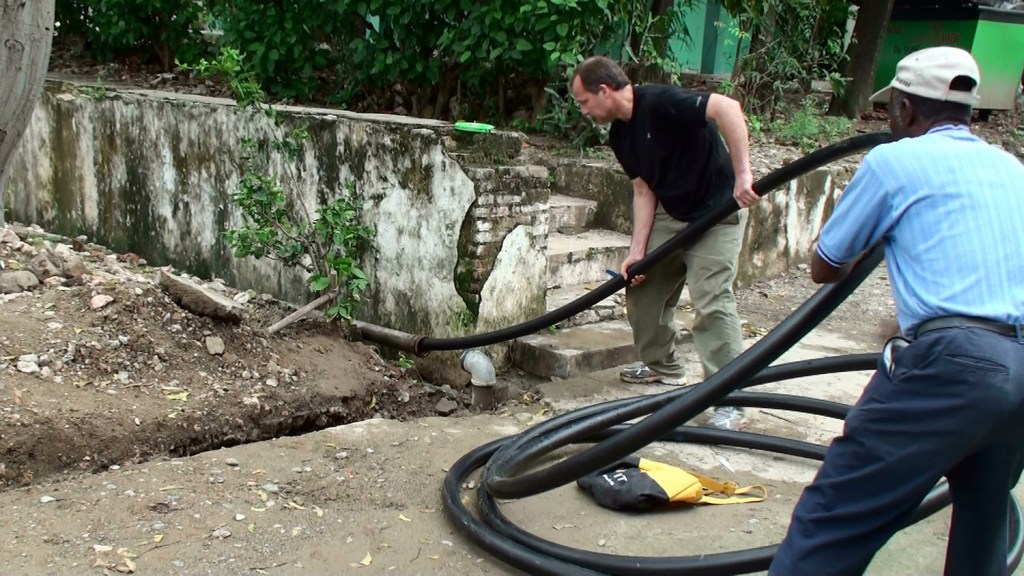
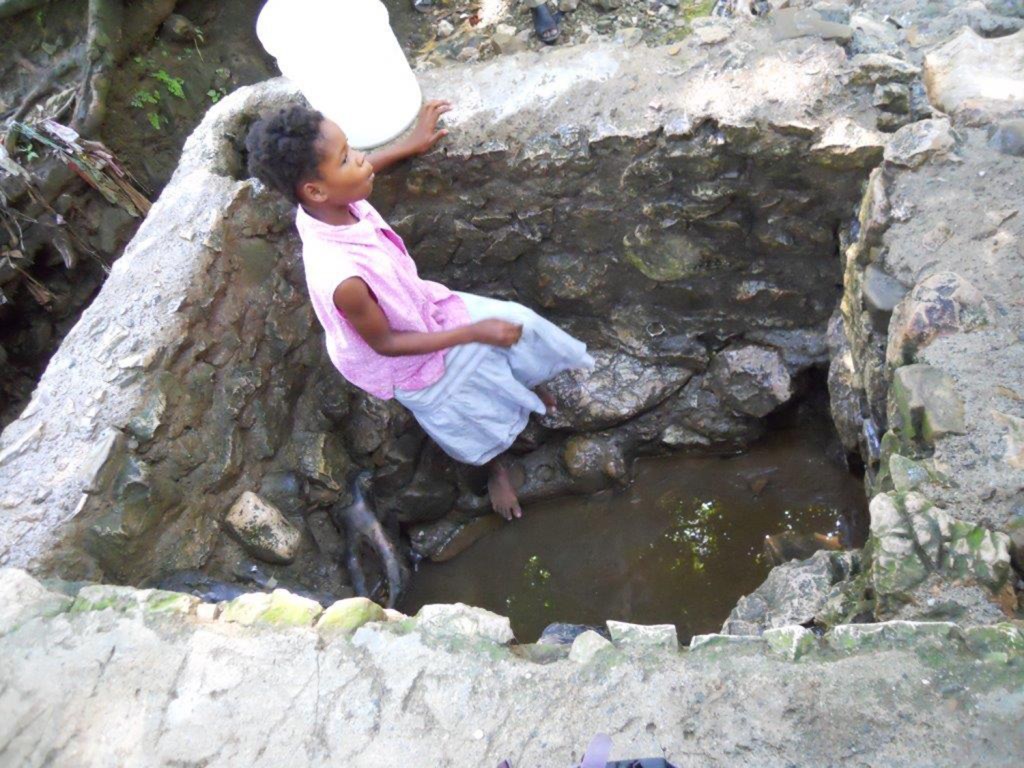
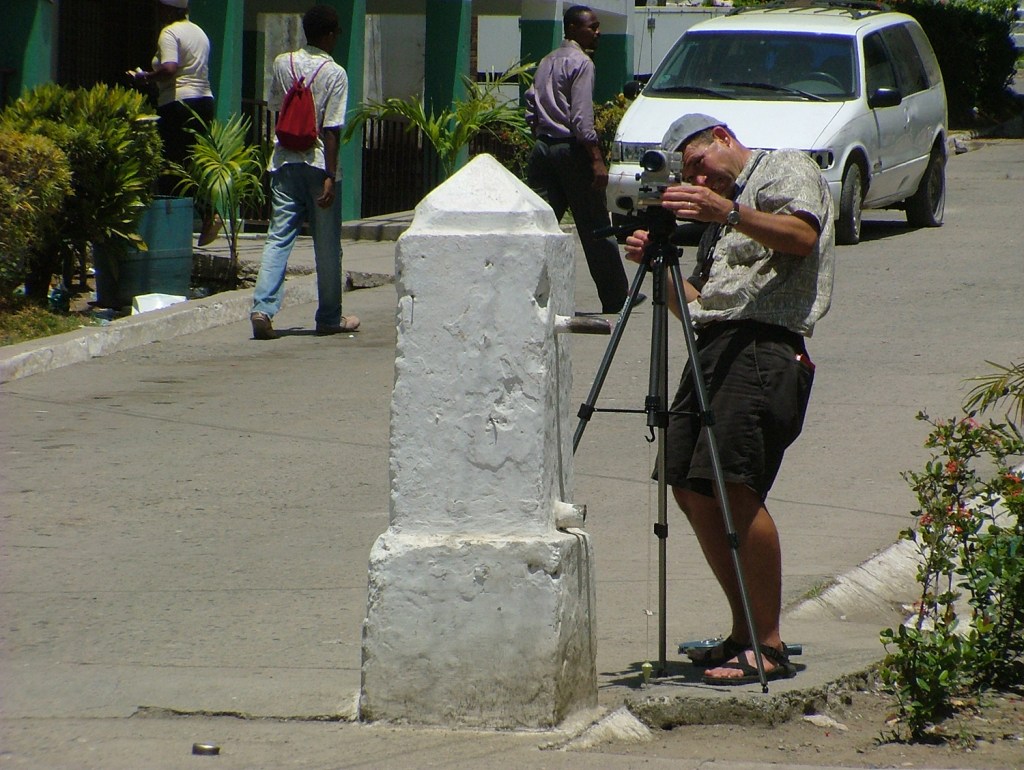
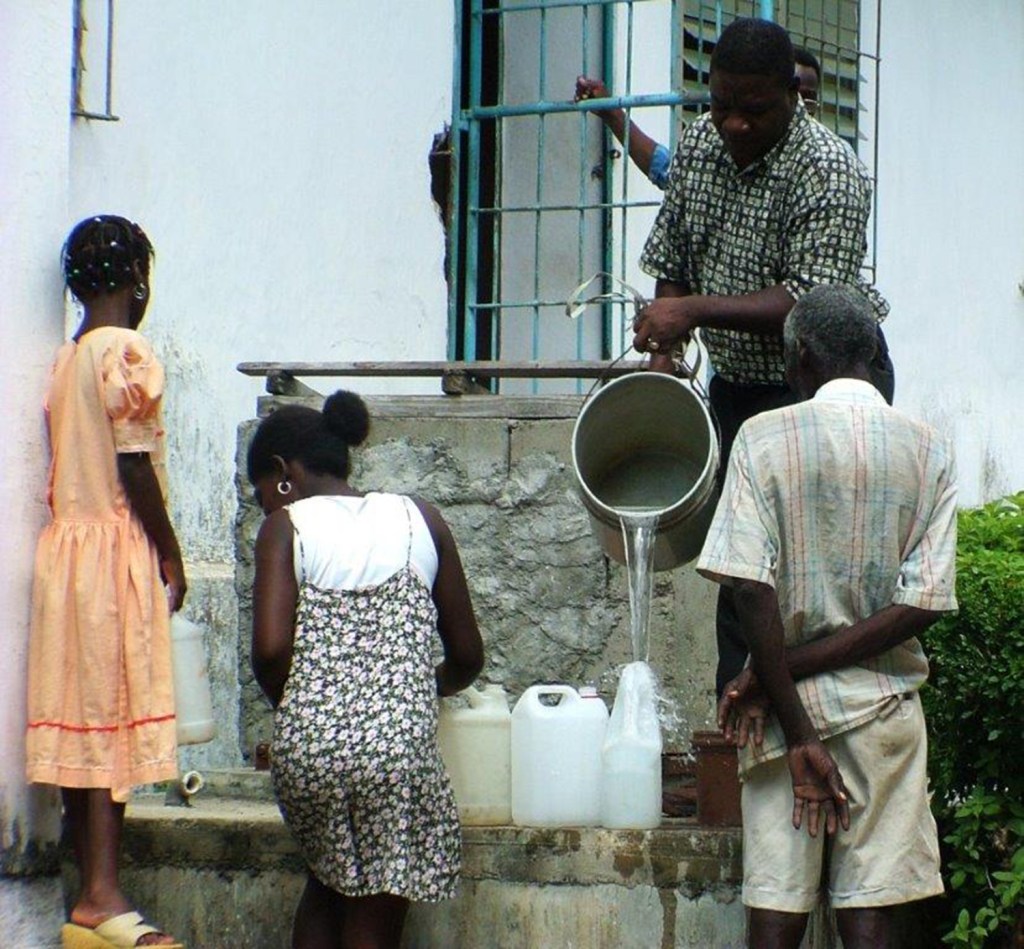
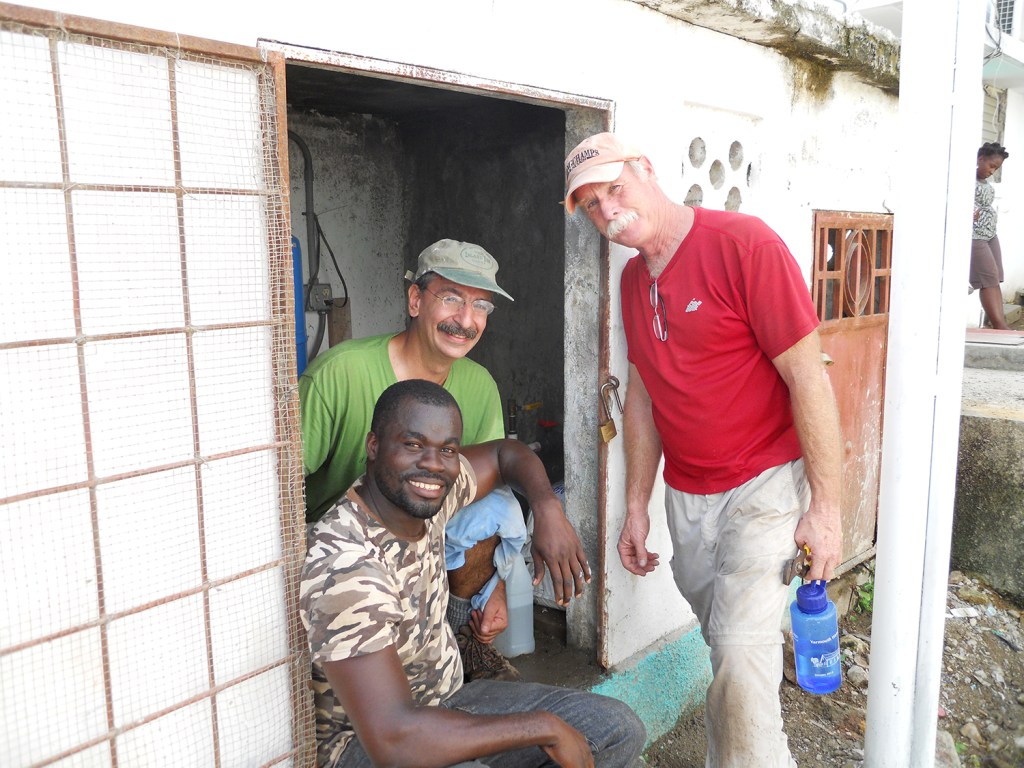
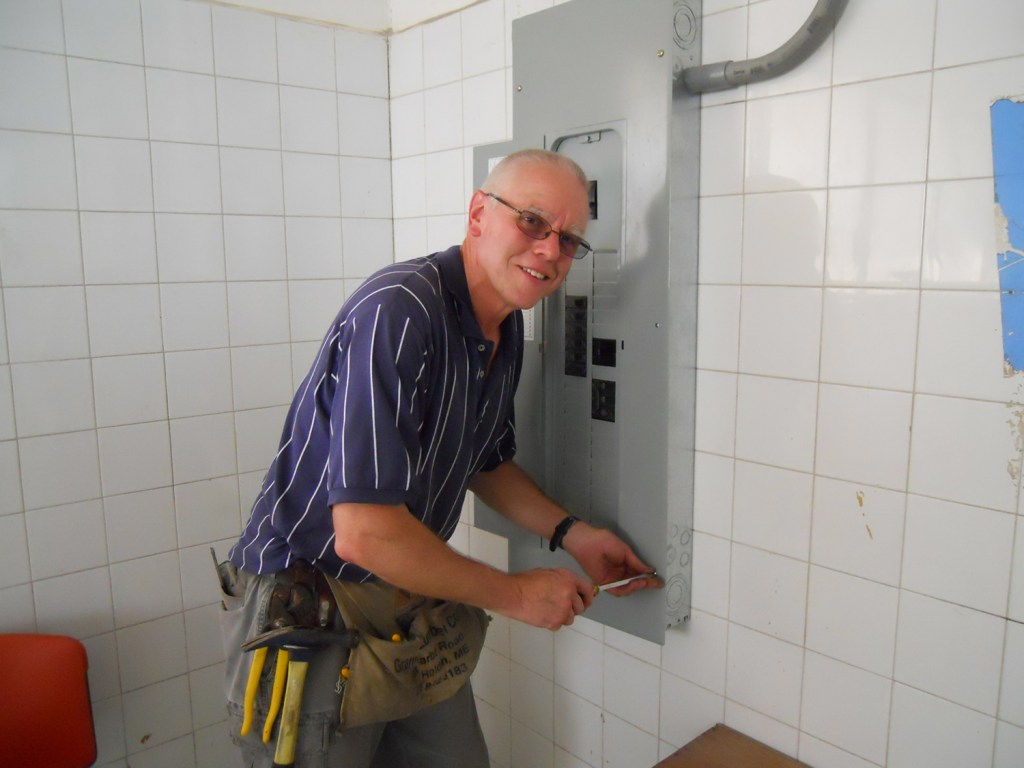

Success. Please wait for the page to reload. If the page does not reload within 5 seconds, please refresh the page.
Enter your email and password to access comments.
Hi, to comment on stories you must . This profile is in addition to your subscription and website login.
Already have a commenting profile? .
Invalid username/password.
Please check your email to confirm and complete your registration.
Only subscribers are eligible to post comments. Please subscribe or login first for digital access. Here’s why.
Use the form below to reset your password. When you've submitted your account email, we will send an email with a reset code.